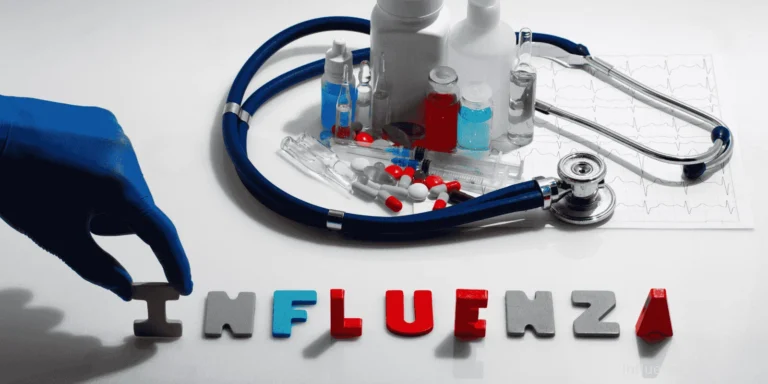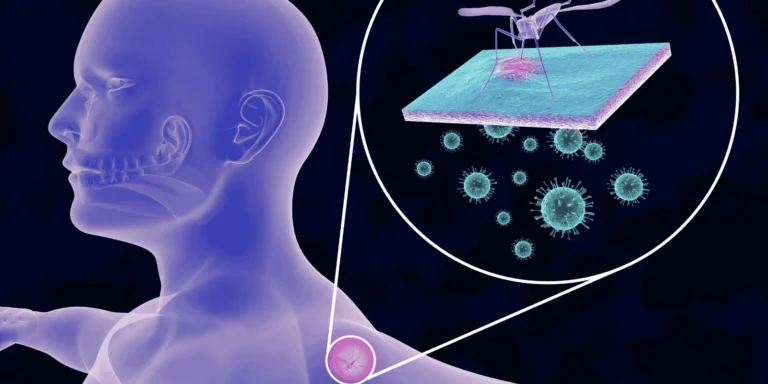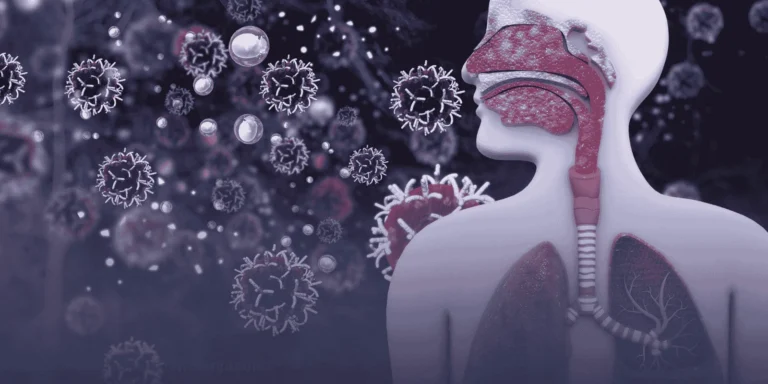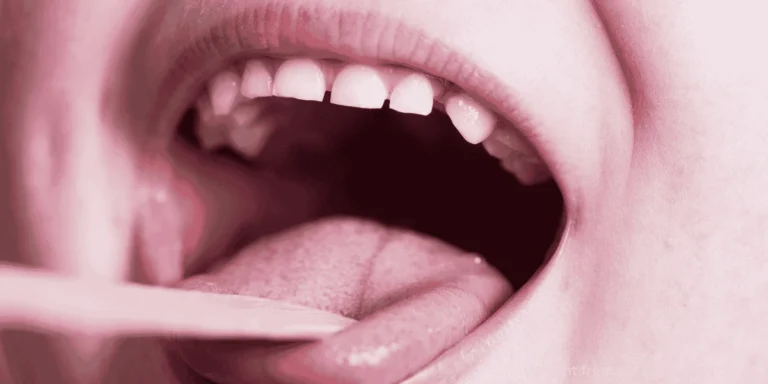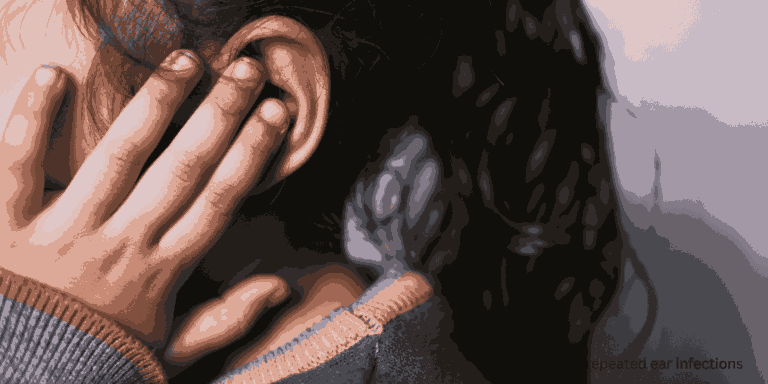Distinguishing viral from bacterial bronchitis matters because treatment differs completely – one needs antibiotics, the other doesn’t. After 30+ years of practice, I can usually tell them apart based on specific patterns.
Timeline is the first clue:
Viral bronchitis typically follows a cold or flu. You’ll notice the cough developing as upper respiratory symptoms start improving. This progression from nose/throat to chest is classic for viral infections.
Bacterial bronchitis often strikes people with pre-existing lung conditions like COPD or develops when viral bronchitis doesn’t improve after 10-14 days. The cough either persists unusually long or worsens after initially getting better.
Mucus characteristics matter:
Both types produce mucus, but there are differences. Viral bronchitis starts with clear or white mucus that may briefly turn yellowish-green before clearing. This color change doesn’t automatically mean bacterial infection – it’s just dead immune cells.
Bacterial bronchitis produces thick, consistently colored (yellow, green, or even brownish) mucus that persists or increases in volume. The mucus often smells unpleasant.
Fever patterns differ:
Viral bronchitis may cause low-grade fever (under 100.4°F) early on, matching the original cold or flu. Fever typically resolves within 2-3 days even though the cough persists.
Bacterial bronchitis more commonly causes higher fever (over 101°F) that develops later in the illness or persists beyond the first few days.
Symptom severity and duration:
Viral bronchitis symptoms peak in the first week, then gradually improve. The cough might linger 2-3 weeks, but you feel progressively better overall. Energy returns and breathing becomes easier.
Bacterial bronchitis symptoms either plateau without improvement after 7-10 days or worsen despite initial improvement. Fatigue persists and breathing difficulties increase.
Physical exam findings:
When I listen to lungs with viral bronchitis, I hear clear airways or scattered wheezing. Breath sounds remain symmetrical.
Bacterial bronchitis often produces localized crackles or decreased breath sounds in specific lung areas – signs of consolidation or fluid accumulation.
Who gets bacterial bronchitis:
Certain people face higher bacterial bronchitis risk:
- Smokers or people with COPD
- Those with weakened immune systems
- People with chronic lung conditions
- Elderly patients or young children
- Anyone hospitalized or recently ill
When antibiotics actually help:
Viral bronchitis doesn’t respond to antibiotics. Treatment focuses on rest, fluids, cough suppressants, and time. Antibiotics won’t speed recovery and can cause side effects.
Bacterial bronchitis requires antibiotics – typically amoxicillin, doxycycline, or azithromycin. Treatment usually lasts 5-7 days and symptoms should improve within 48-72 hours of starting antibiotics.
Warning signs needing immediate evaluation:
High fever over 102°F, severe chest pain, difficulty breathing at rest, confusion, or coughing up blood require urgent medical attention regardless of whether infection is viral or bacterial.
ChatRx can help evaluate your bronchitis symptoms, determine if bacterial infection is likely based on symptom patterns and duration, and prescribe appropriate antibiotics when indicated.






